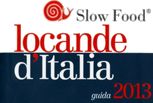Vermouth is a typical product of Piedmont. It is consumed in several different ways in this region, depending on the particular variety in question. The red version is often enjoyed on its own as an aperitif, and white vermouth is taken as a pleasant drink at all hours. Dry Vermouth is known the world over, particularly in the USA where, with the inclusion of a green olive and ice, it becomes the famous Dry Martini. All varieties of Vermouth are used in the preparation of fashionable cocktails. Vermouth isn’t particularly well known to the young people of today, but what about those of us who are a little more mature? Let’s try to answer the basic questions:
What is Vermouth and where / when was it born?
How is it produced?
Below, I offer a quick “gallop” through some of the answers to these basic questions, while for further information, you can read the links of the producers that I provide.
What is Vermouth, where and when was it born
Vermouth is a type of flavoured wine. Such aromatised wines have very ancient origins. Four centuries before Christ, the Greeks who worshiped Dionysus would fill skins with trimma, a wine flavoured with herbs, the recipe for which has unfortunately been lost.
Pliny the Elder, a Latin naturalist born in 23 A.D. left us a long list of wines that were flavoured for curative purposes, while his contemporary, Marco Gavio Apicius, wrote of Conditum Paradoxum, a cooked wine flavoured with honey and spices, and of Absinthium Romanum, which contained absinthe, dates, Nardo leaves, Saffron and Mastic resin.
A dozen centuries later, Arnaldo da Villanova, a Spanish doctor born in Valencia in 1240, advisor to kings and popes, detailed a long list of very curious flavoured wines in a book entitled Liber de Vinis. Villanova describes Cordial wine, made with borage, melissa and spices, which cleaned the blood and dragged away bad ideas; Buglossa wine, which healed a brain ailed by melancholy; Issop wine, which opened the airways and was suitable for treating sick children; and Absinthe wine, the beneficial effects of which on the body and spirit fill a whole page and end with the following words:
We must consider that, according to the tradition that comes to us from Macrobius, there was a time when wormwood plants were held in such high regard that their juice was given to the leaders of armies before battle. A good omen that ensured health and victory. May God grant them to his Majesty the King, and to us.
In addition to this, Arnaldo da Villanova clarifies a fundamental point that must be underlined: to make a good flavored wine you need to start with a good base wine. No rinsing of barrels, no production waste – good wine.
Later again, in 1786 in Turin, Antonio Benedetto Carpano baptized this illustrious drink as “Vermouth”, deriving its name from the German Wermut (Artemisia), thus making Piedmont the birthplace of this drink.
The Vermouth of Turin

Since 2019, the European Union recognizes the Vermouth of Turin (or Vermut di Torino) through a real certificate of authenticity that can be downloaded from the eAmbrosia website (the register of European geographical indications, where you can find the anchovy sauce of Cetara, the Melacotòn de Calanda and the Vermouth of Turin). This outlines that Artemisia (which must be present at least in 0.5g per litre of finished product) must necessarily come from Piedmont, and that at least 50% of the wine used must come from the same region in order to mention the word “superior” on the label.
How it is produced
- A mixture of herbs and spices is left to soften in wine or in a hydroalcoholic solution. Distilled ingredients are also sometimes used.
- The softening spices and herbs are pressed to extract as much as possible from the raw material.
- A sweetener is added (only sugar, honey or caramel, according to the specification).
- Wine and alcohol are added for fortification, and to prevent further fermentation.
- It is filtered and left to rest.
Vermouth is therefore the end result of a recipe with a thousand variables: the base wine used, the spices and herbs, the quantity and type of sugar, the level of fortification. In my opinion, the only way to understand something of it is to taste as many different ones as possible! The list of all vermouth producers would be too long to mention here, but I try to point out some labels that I like.
Manufacturers, Labels and Features
- Chazalettes, Extra Dry, Cocconato d’Asti
White, nose of bergamot, lemon balm and alpine herbs, dry, citrusy, very elegant. It leaves the mouth clean and fresh. Served alone and without ice it is a great aperitif. - Chazalettes, the Queen’s Red Vermouth
Beautiful ruby red. Cherry and plum are the background, along with bitter herbs and cinchona, then cloves, liquorice, and balsamic notes of mint and black cherry. Elegant mouthfeel, balanced, persuasive, with a light pungent note of pepper and liquorice on the finish. - La Canellese, White Vermouth. Calamandrana
Made exclusively with Cortese wine. Sweet nose reminiscent of rosolio – floral and delicate. In the mouth it is graceful, feminine. There is only a hint of bitterness. Back in the day, this type of Vermouth was intended for girls. - Cocchi, Historian. Asti
Muscat grape wine. Amber. Characteristic nose of rhubarb and cinchona with hints of silk road spices – bitter orange, mace and cinnamon. Warm and enveloping in the mouth, with a good consistency. - Quaglia Distillery, Berto Superiore Rosso. Castelnuovo Don Bosco:
From Barbera (mostly) and Moscato. Definitely bitter nose, of cinchona and rhubarb with a touch of liquorice and a contrasting mouth, slightly sweet, with a decisive structure and finally ends on light red fruits that recall Barbera. Classic. - Carpano, Ancient Formula. Milan (today Branca group):
Today, the manufacturers are in Milan, but this is the same recipe that Antonio Benedetto Carpano invented in 1786 in Turin. Bitter herbs, coffee, and rhubarb suggest a late 18th century pharmacy. In the mouth, it compensates for this bitterness with a share of caramel to balance it out. Full-bodied and warm, it would hardly go unnoticed in a cocktail. - Martini, Special Reserve: Amber. Pessione:
From Moscato d’Asti. Amber colored, floral of chamomile and slightly bitter. It contains four different types of absinthe. In the mouth, it is rather light and consistent. It does not excel in anything but with the tonic made available for tasting it turned out to be one of the best. For cocktails. - Gancia, Red Vermouth. Canelli:
From a 19th century recipe, a Vermouth with a classic aroma of bitter orange and cinchona. Definitely played more on herbs than on spices, it is also pleasant, enveloping and round in the mouth. It ends citrusy. Also good on its own. - Tosti, Taurinorum Superiore Reserve. Canelli:
This Vermouth stands out clearly from all the others. A scent of oriental sweet spices, very reminiscent of Christmas tea. Star anise, vanilla, cinnamon, coriander, nutmeg, orange zest and lots of honey. In the mouth, it almost feels like a passito Moscato. Not to be missed for those who love spices and Christmas. - Calissano, Vermouth di Torino Rosso Superiore. Alice Bel Colle:
From Nebbiolo and Cortese di Gavi grapes. Intense nose of bitter herbs, liquorice, grapefruit, and red fruits. Nebbiolo gives it structure and length with a sweet and aromatic entry into the mouth that fades into liquorice and citrus peel. - Vergnano, Vermouth di Torino Superiore. Moncalieri:
Not too intense, and plays more on herbaceous than spicy notes. It is not particularly sweet and not bitter. It has balance and good quality. It flows lightly and the taste lasts briefly on the tongue. - Del Professore, Red Vermouth. Piedmont:
This Vermouth ages for a variable period (a few months) in wooden barrels before being bottled. Its scent is reminiscent of those wooden shelves where medicinal herbs, gentian flowers, wormwood, citrus fruits and vanilla were stored, all refreshed by a beautiful balsamic note of mint. A prolonged, perfect, bitter-sweet balance; it leaves the mouth fresh and pleasantly bitter. Very elegant. I would not mix it with anything other than an ice cube in hot weather.
Enjoy the discovery or re-discovery of the Vermouth of Turin! Good drinking is CONSCIOUS i.e. small quantities tasted slowly.
Giovanna
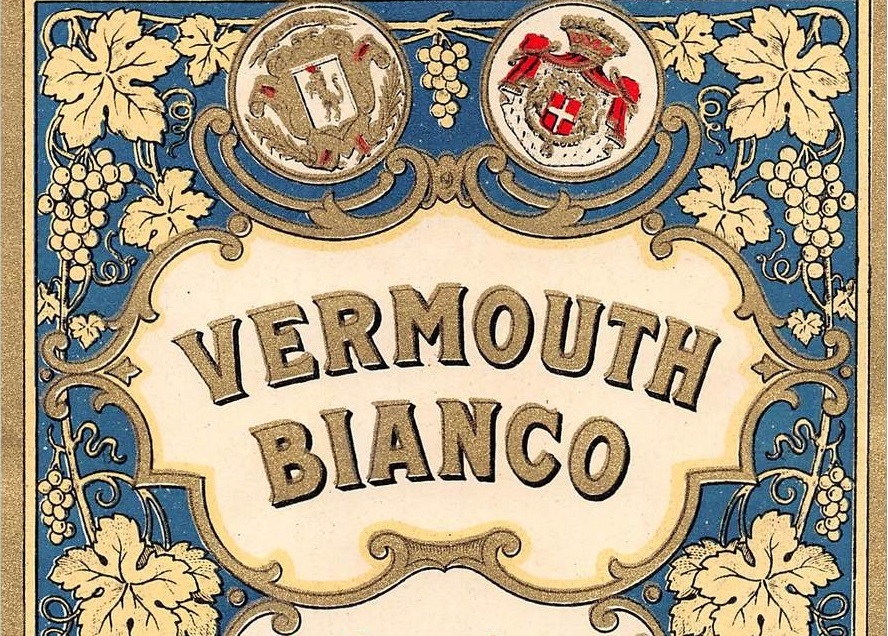
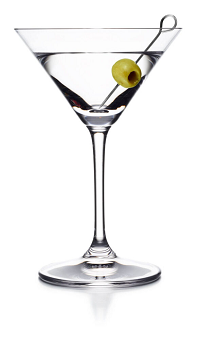
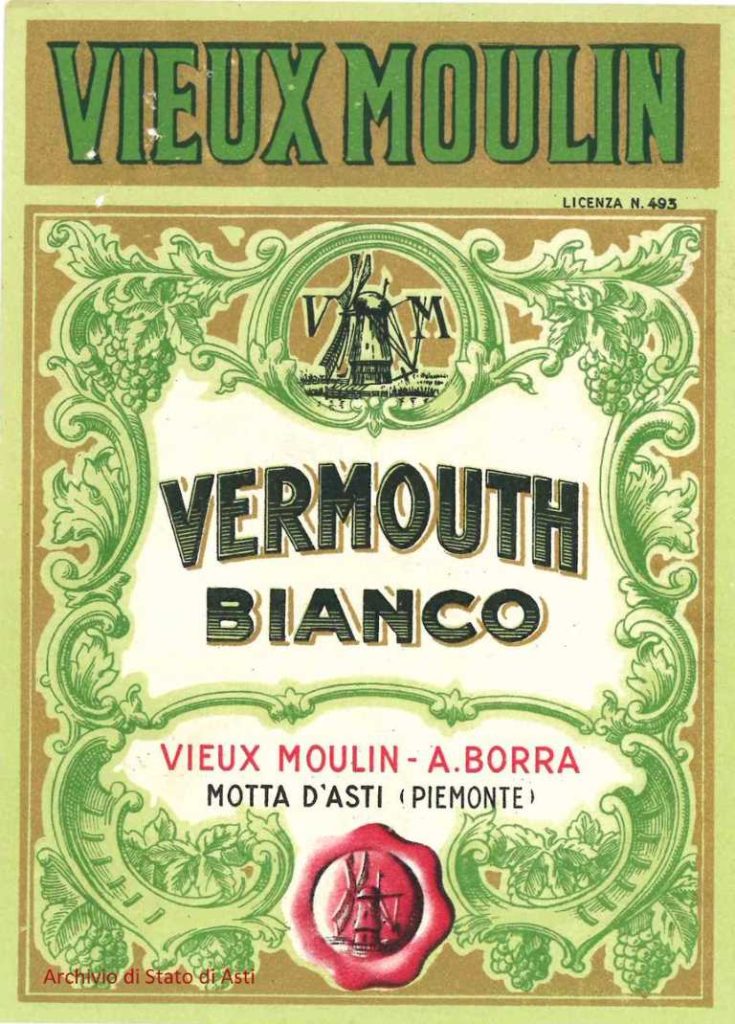
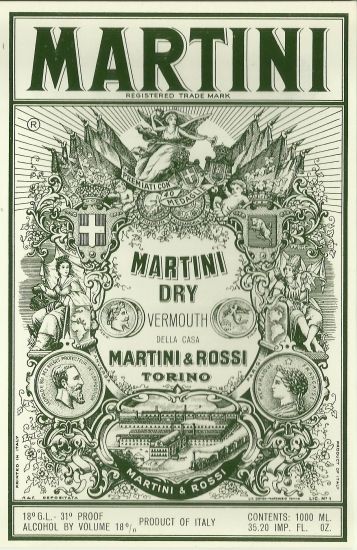
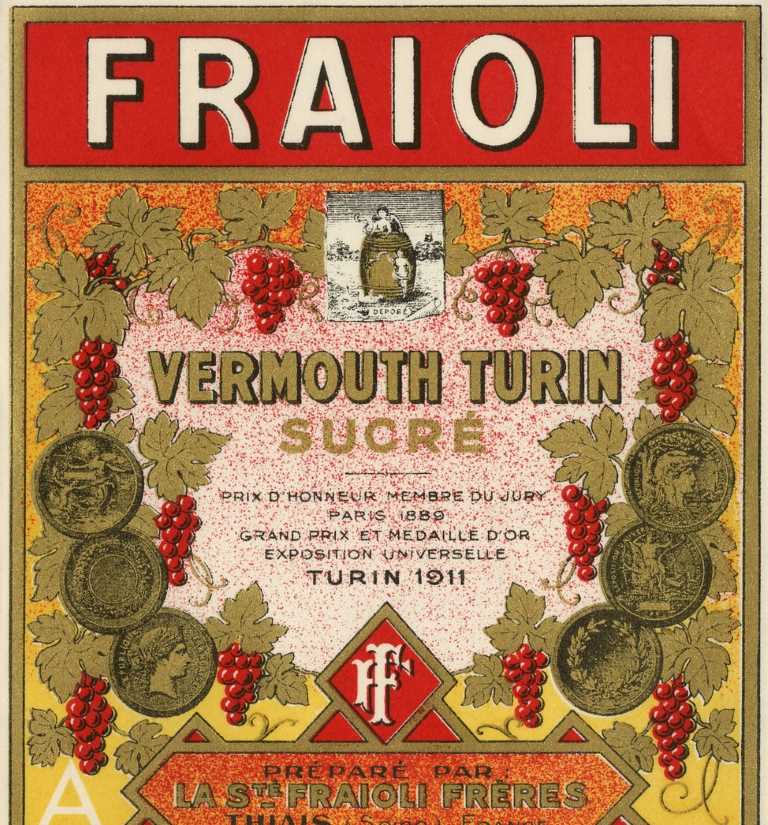
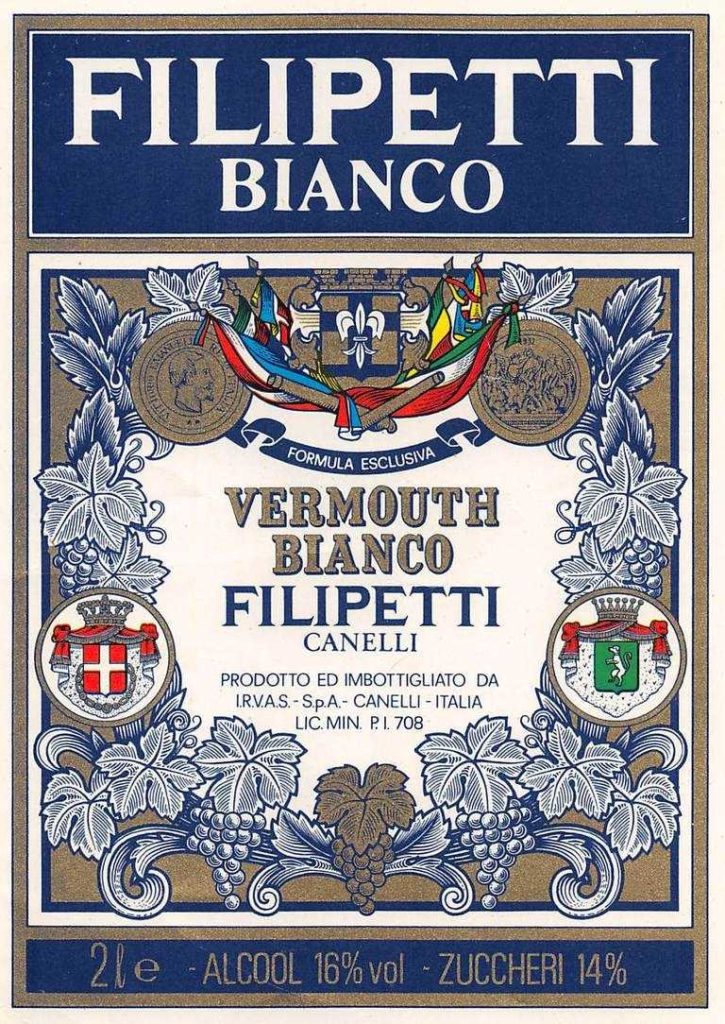
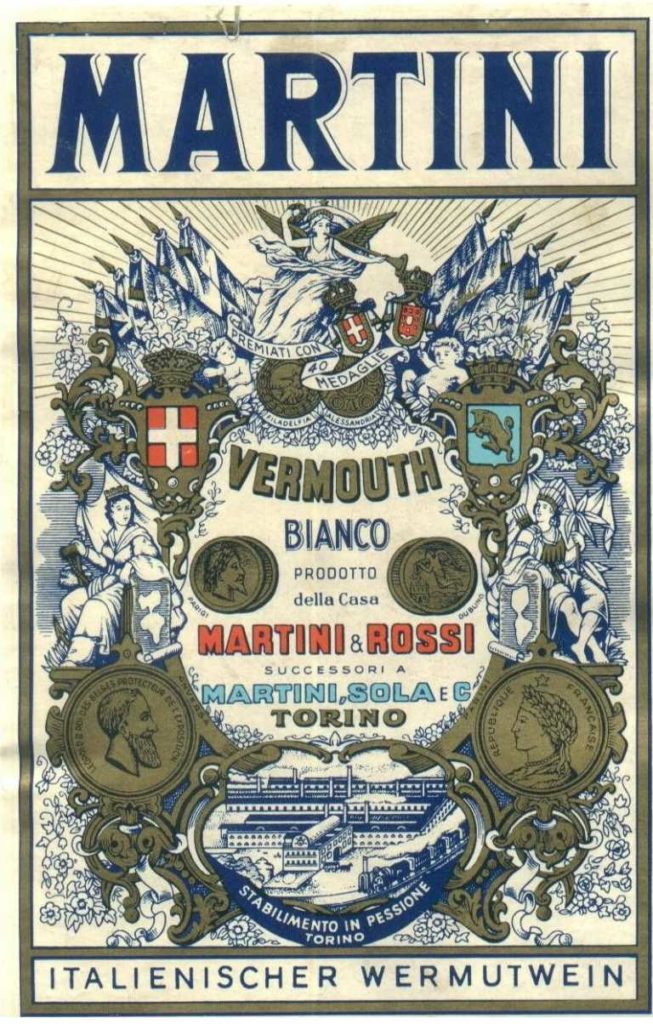
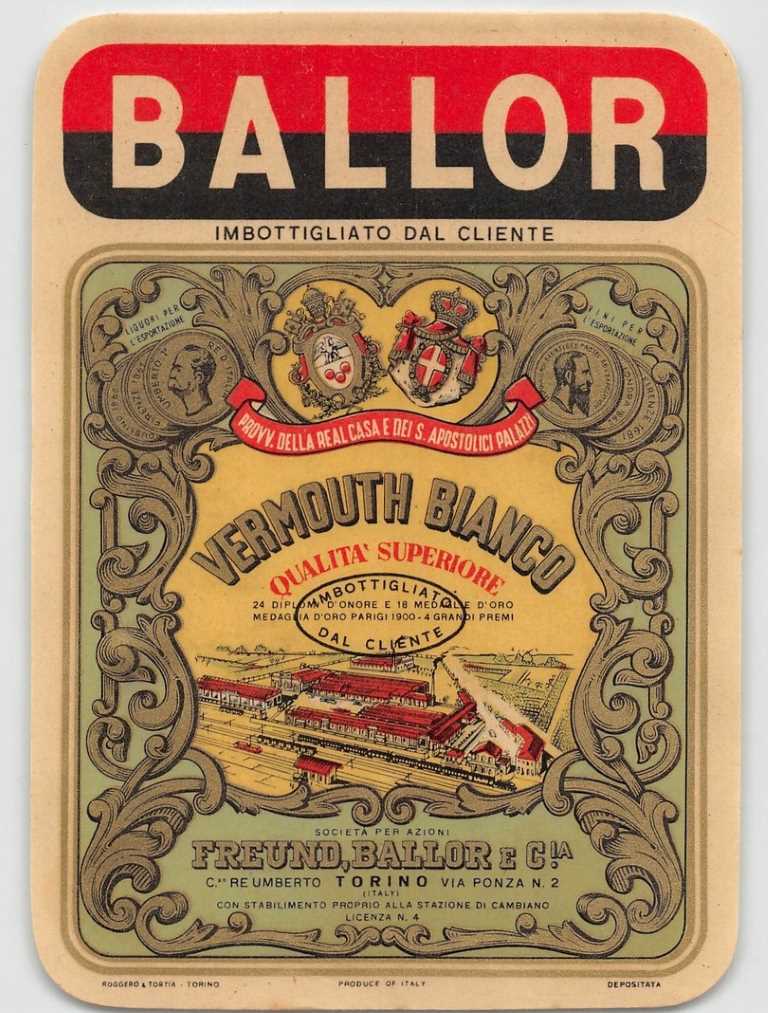

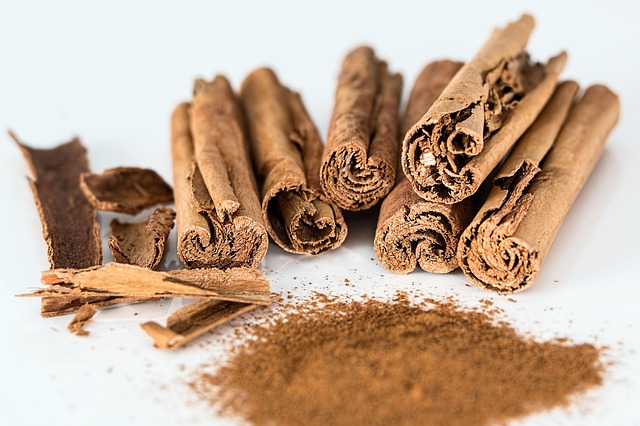
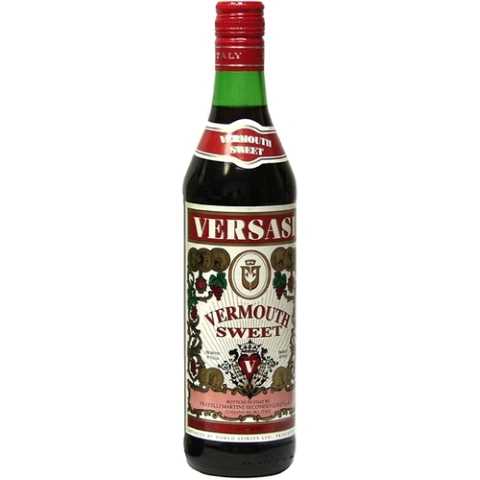
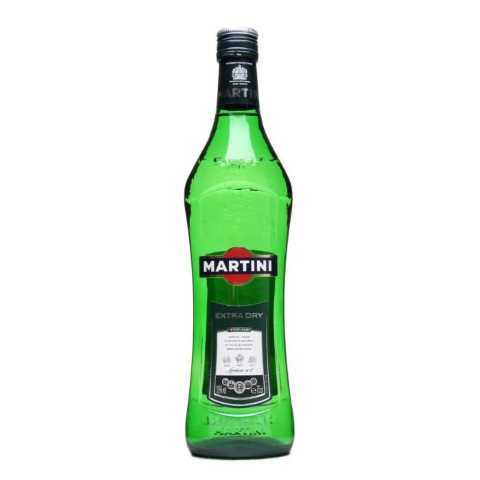
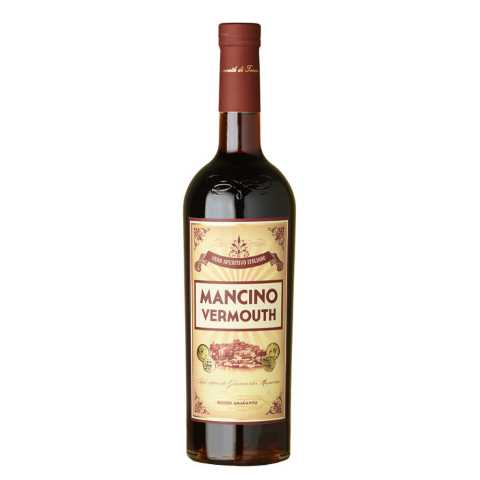
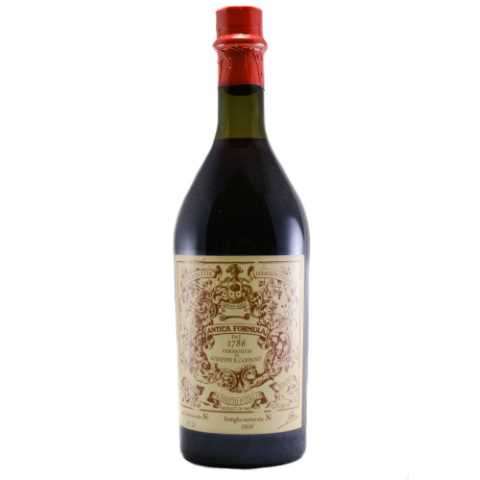
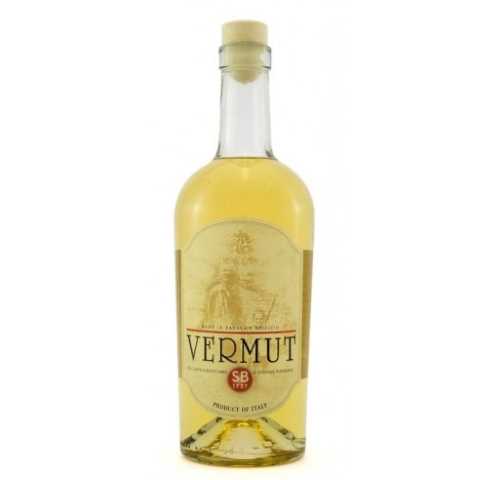
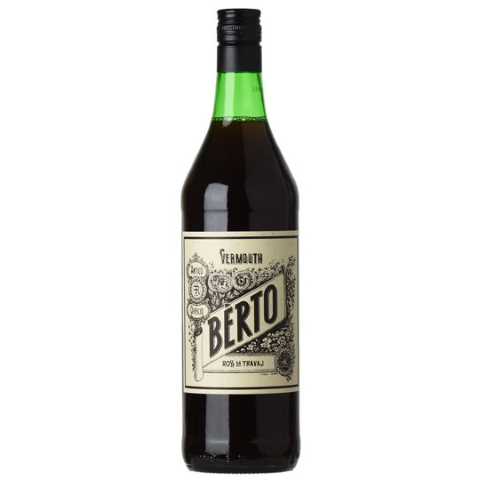
 Book now
Book now


